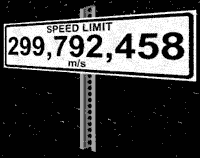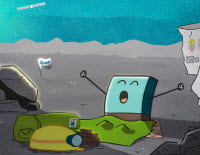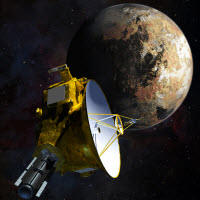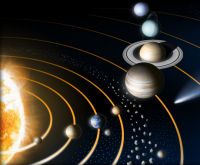Did anyone else notice a bright light flash outside - presumably in the sky, around 10:45pm -11pm on Wed 10th June. The light persisted for around 3 or 4 seconds and was roughly south in orientation, reasonbly high, but it was not directly visible. No sound was heard, so a bolide can be ruled out. It could have been a brilliant meteor. Anyone else notice anything? [Read more about Mystery Flash]
- Log in to post comments

 Mark explains light years and the mind-boggling distances they describe.
Mark explains light years and the mind-boggling distances they describe. And here’s some more fantastic news, Rosetta's lander Philae has woken up after seven months in hibernation on the surface of Comet 67P/Churyumov-Gerasimenko, and by all acounts ‘is doing very well’...
And here’s some more fantastic news, Rosetta's lander Philae has woken up after seven months in hibernation on the surface of Comet 67P/Churyumov-Gerasimenko, and by all acounts ‘is doing very well’...  After 9 years and billions of miles travelling, NASA’s New Horizons probe finally reaches Pluto in July. The mission goal is to understand the formation of the Pluto system, the Kuiper Belt, and the transformation of the early Solar System.
After 9 years and billions of miles travelling, NASA’s New Horizons probe finally reaches Pluto in July. The mission goal is to understand the formation of the Pluto system, the Kuiper Belt, and the transformation of the early Solar System. In this month's edition:
In this month's edition: